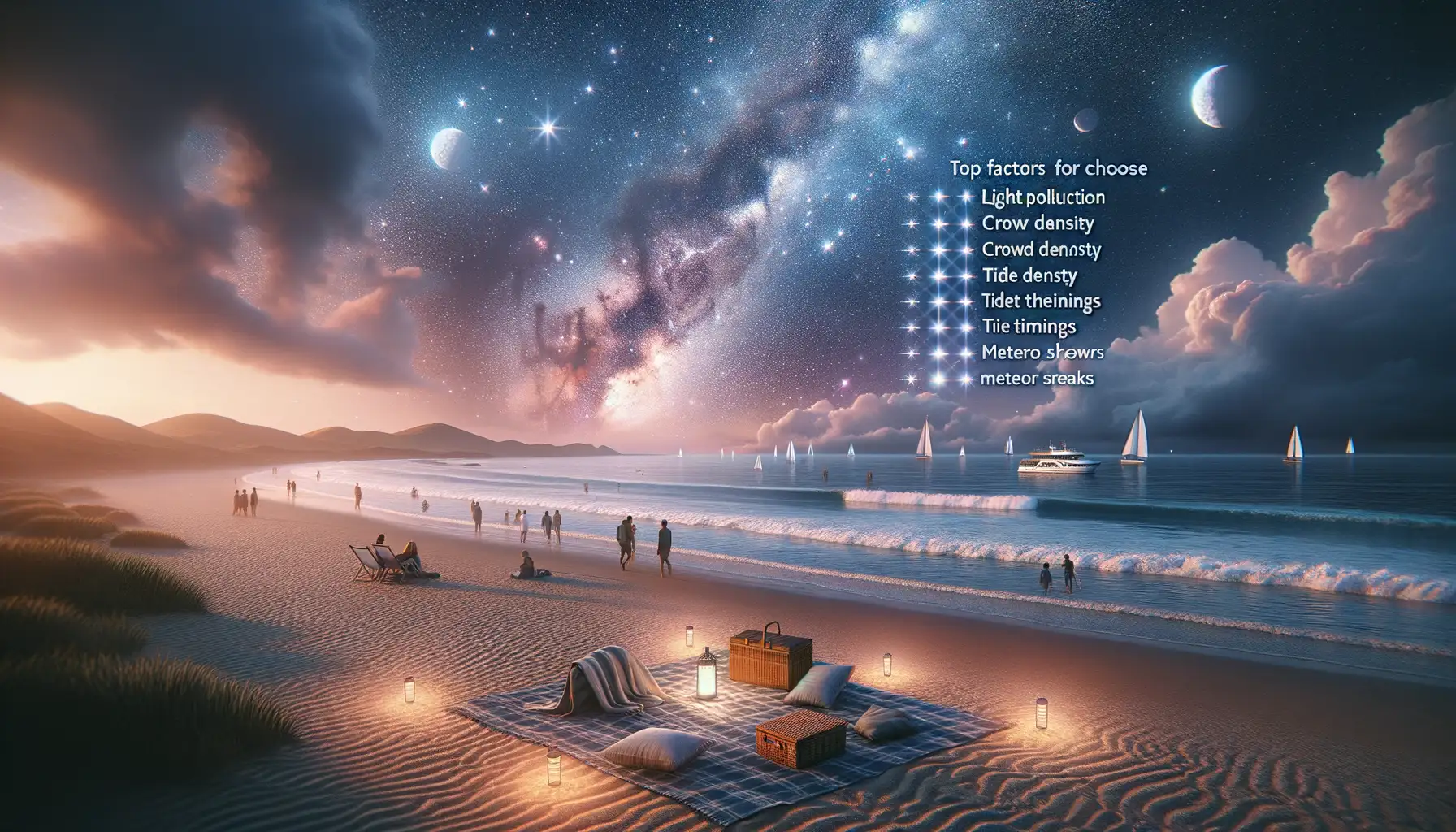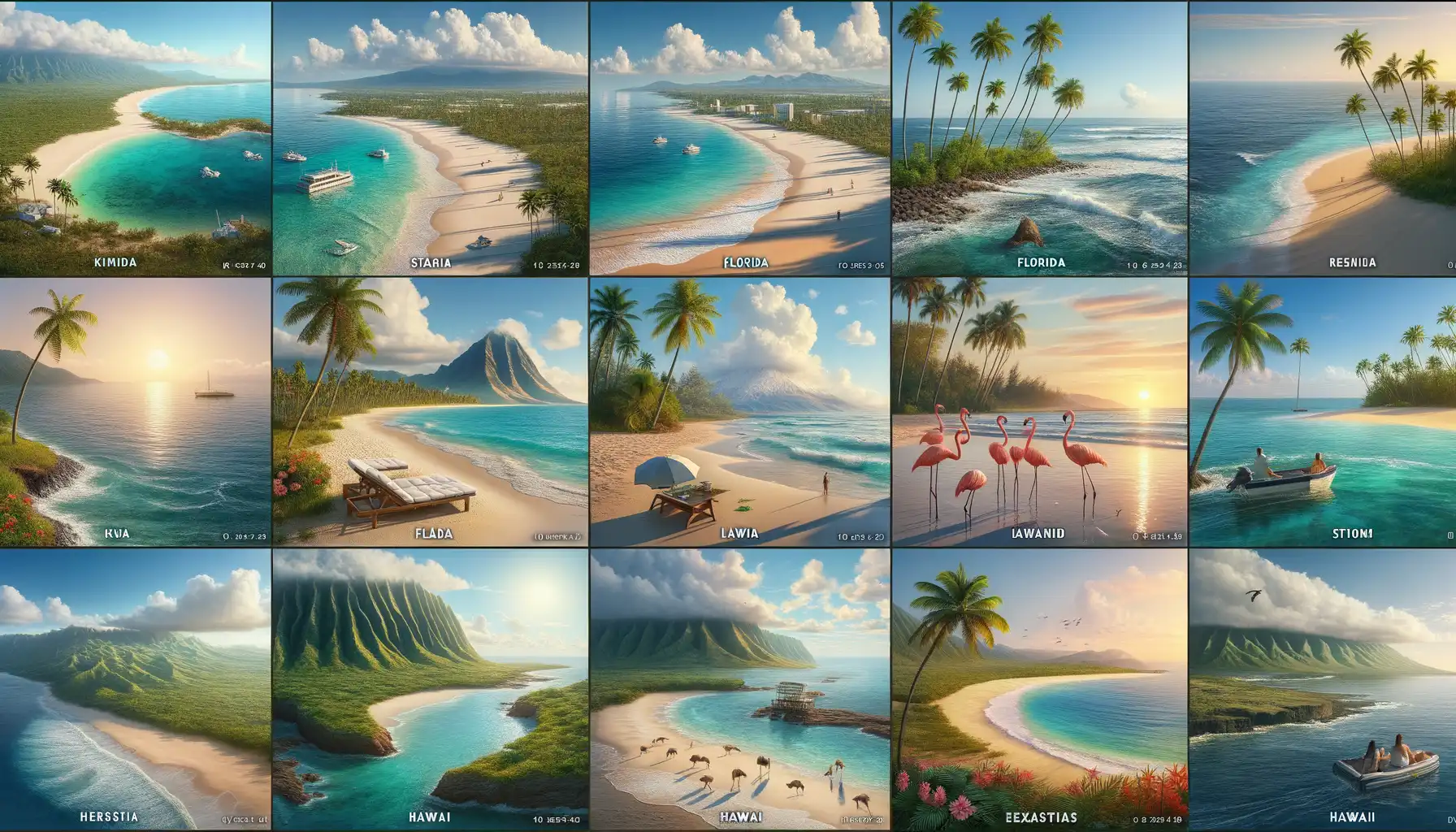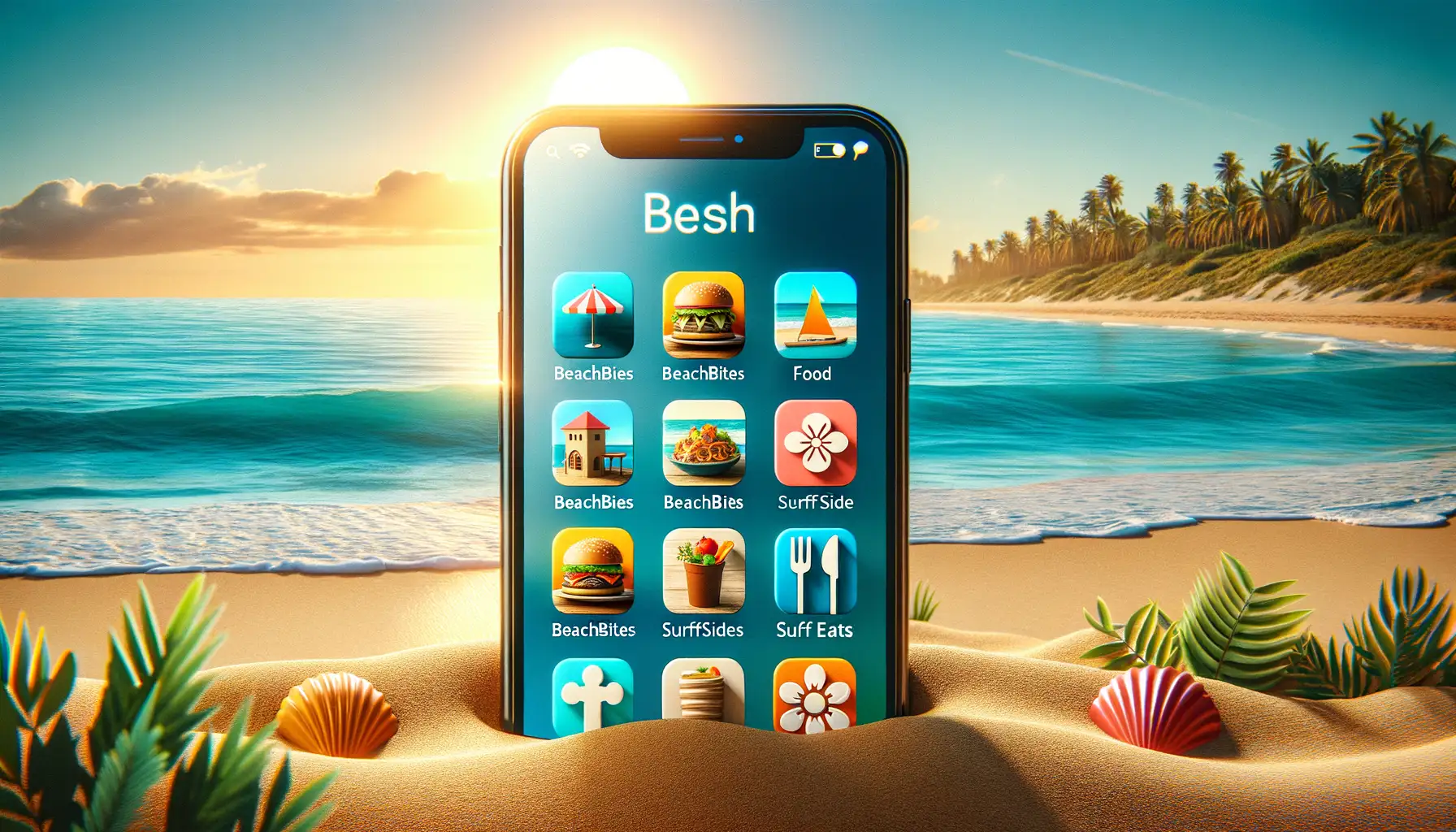Origins of Australian Beach Culture
Where It All Began: Beaches as a Way of Life
Picture this: endless stretches of glittering sand, waves crashing with a steady rhythm, and the salty breeze whipping through your hair. This is where the heartbeat of Australian beach culture began—on the coastlines that have always been more than just a pretty backdrop. For the Aboriginal peoples, these shores weren’t just places to gather; they were sacred, alive with stories, and teeming with life. Fishing, collecting shells, and honoring the ocean laid the cultural foundation long before surfboards ever kissed the water.
When the first European settlers landed, beaches took on a new life. In the early 19th century, they served practical purposes—landing sites, routes for trade—but soon their beauty became impossible to ignore. By the late 1800s, as society loosened its Victorian grip, Australians began flocking to the waves for pleasure. Bathing restrictions once mandated head-to-toe coverings, but—in true Aussie fashion—rules were bent and then boldly broken. Suddenly, beaches weren’t just destinations; they were *freedom*.
- Aboriginal Practices: Fishing, storytelling, and ceremonies deeply rooted in the land.
- Colonial Transformation: From utility to leisure, sparking the beginnings of a nationwide obsession.
What was once a place of quiet reverence transformed into a booming cultural epicenter, setting the stage for Australia’s enduring love affair with its sandy shores.
Evolution of Surfing in Australia
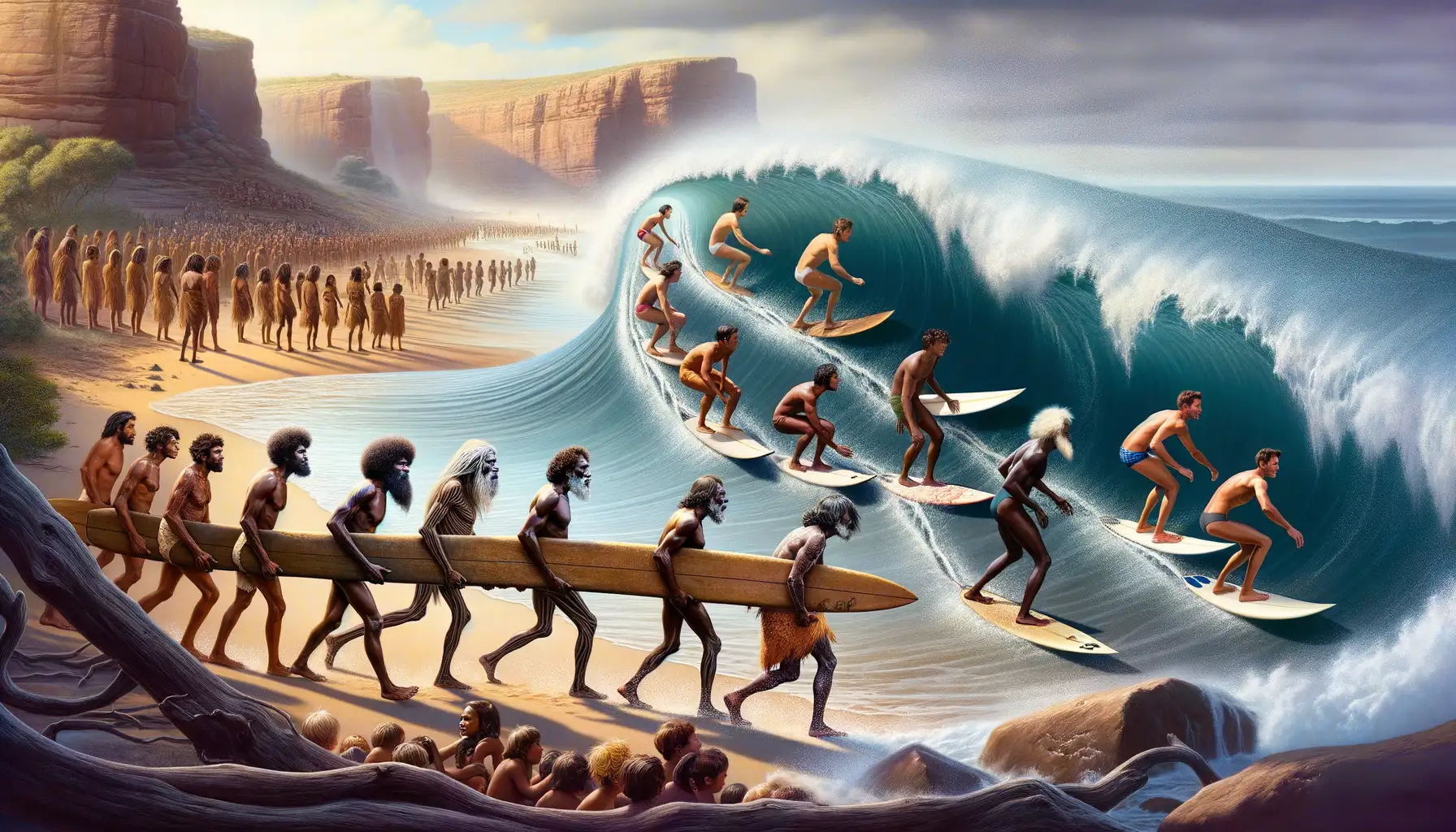
A Splash Into Surfing’s Early Days
Picture this: the sun hanging low over crystal-clear waters, and a brave few carving waves with wooden planks. This was the humble beginning of surfing in Australia. Introduced in the early 1900s by Hawaiian icons like Duke Kahanamoku, it wasn’t long before Aussies took to the sport like fish to water. The boards back then? Heavy and clunky slabs of wood, a far cry from today’s sleek fiberglass masterpieces. Yet, with every wipeout and salty stumble, Aussies were hooked.
By the mid-20th century, surfing morphed into more than just a pastime—it became a lifestyle. With world-class waves rolling in at hotspots like Bondi Beach and Bells Beach, locals started to embrace the thrill, the culture, and the freedom that surfing brought to their sun-soaked shores.
Surfboards, Rebels, and the Birth of Aussie Surf Culture
A pivotal moment? The introduction of lighter, maneuverable boards in the ’60s. It wasn’t just about riding waves; it became about expression, rebellion, and individuality. Alongside this came the birth of surf competitions and legends like *Midget Farrelly*, Australia’s first world surfing champion.
The surf scene also brought its own language, style, and community. Ever heard surfers talk about “totally shredding” or calling something “gnarly”? It’s a world unto itself.
- 1964: The first World Surfing Championship held at Manly Beach put Australia on the global map.
- 1970s: Surf brands like Rip Curl and Billabong emerged, blending function with fashion and solidifying their roots in Aussie surf heritage.
From wild-haired wave chasers to laid-back beachgoers, surfing shaped an entire way of life. And even now, it’s impossible to separate the sport from the soul of Australian culture.
The Rise of Beach Sunbathing and Leisure

From Modesty to Sun-Kissed Freedom
Once upon a time, long before bikinis and board shorts ruled the sandy shores, beach visits in Australia were a far cry from the carefree lounging we associate with today. Strict morals and heavy wool bathing suits dominated the early 20th century. But then, something changed — a cultural wave crashed over the nation, swapping prudishness for sun-soaked joy.
The 1920s and 1930s sparked a movement where Australians began to embrace not just the surf but also the sand. Imagine families unfolding striped deck chairs under vibrant umbrellas or couples laying down towels, basking in the golden sunlight. Beach sunbathing became more than a pastime; it was a social revolution.
- Hydrating coconut water replaced the tea thermos.
- Broad-brimmed hats became iconic symbols of seaside style.
- Sun-kissed tans spoke of vitality and outdoor freedom.
The Allure of Leisurely Beaches
Why did people flock to beaches for leisure? It’s simple: they became sanctuaries from the hustle of city life. The rhythmic sound of waves rolling in offered serenity, while the sandy shores gave people a reason to slow down.
And let’s not forget the glow of community spirit. Groups gathered to play beach cricket, laugh over picnic baskets, and watch daring surfers carve through the waves. The introduction of sunscreen in the mid-20th century transformed sunbathing further, allowing Aussies to soak up warmth without the agonizing burns.
This era marked the birth of Australia’s love affair with laid-back coastal living—a vibe that still defines its shorelines today.
Cultural Events and Movements Shaping Beach Life
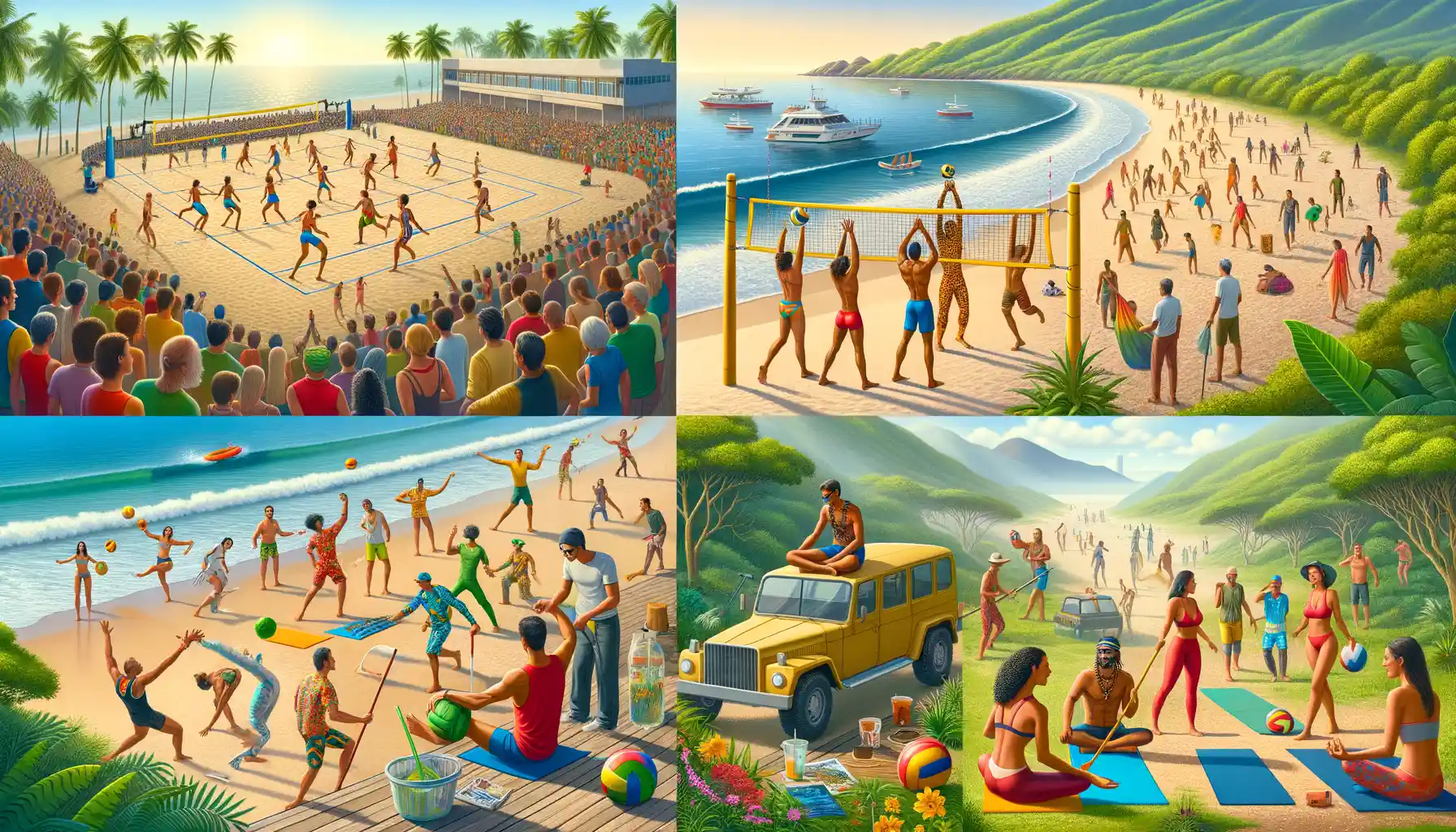
Making Waves: Festivals and Movements That Transformed the Shoreline
The Australian beach isn’t just about waves and sun; it’s a living, breathing stage where culture has danced its way into history. From edgy protests to sun-soaked festivals, the sand has been as much a canvas for expression as the ocean is for surfers.
Take the iconic *Cronulla Surf Carnivals* of the early 20th century. These weren’t just competitions; they were adrenaline-packed celebrations where lifeguards showed off their skills, and crowds cheered like it was the Olympics. It wasn’t just sport—it was a fiery expression of Aussie pride, rippling through every crash of the waves.
And then came the counterculture revolution. Imagine this: the 1960s, a wild tide of hippies, artists, and activists gathering on beaches across Byron Bay and Bondi. They didn’t just come to soak up the sun—they staged concerts, painted murals, and even protested against environmental threats to those sandy shores: “Save the Reef,” they roared, planting the seeds of Australia’s thriving eco-conscious spirit.
- The wildly popular *Australian Surf Film Festival* introduced moviegoers to larger-than-life surf legends.
- Coastal dance events like *Sculpture by the Sea* combined art and waves in breathtaking harmony.
Every event left footprints, etching culture into the sand and hearts of beachgoers forever.
Modern Beach Culture in Australia
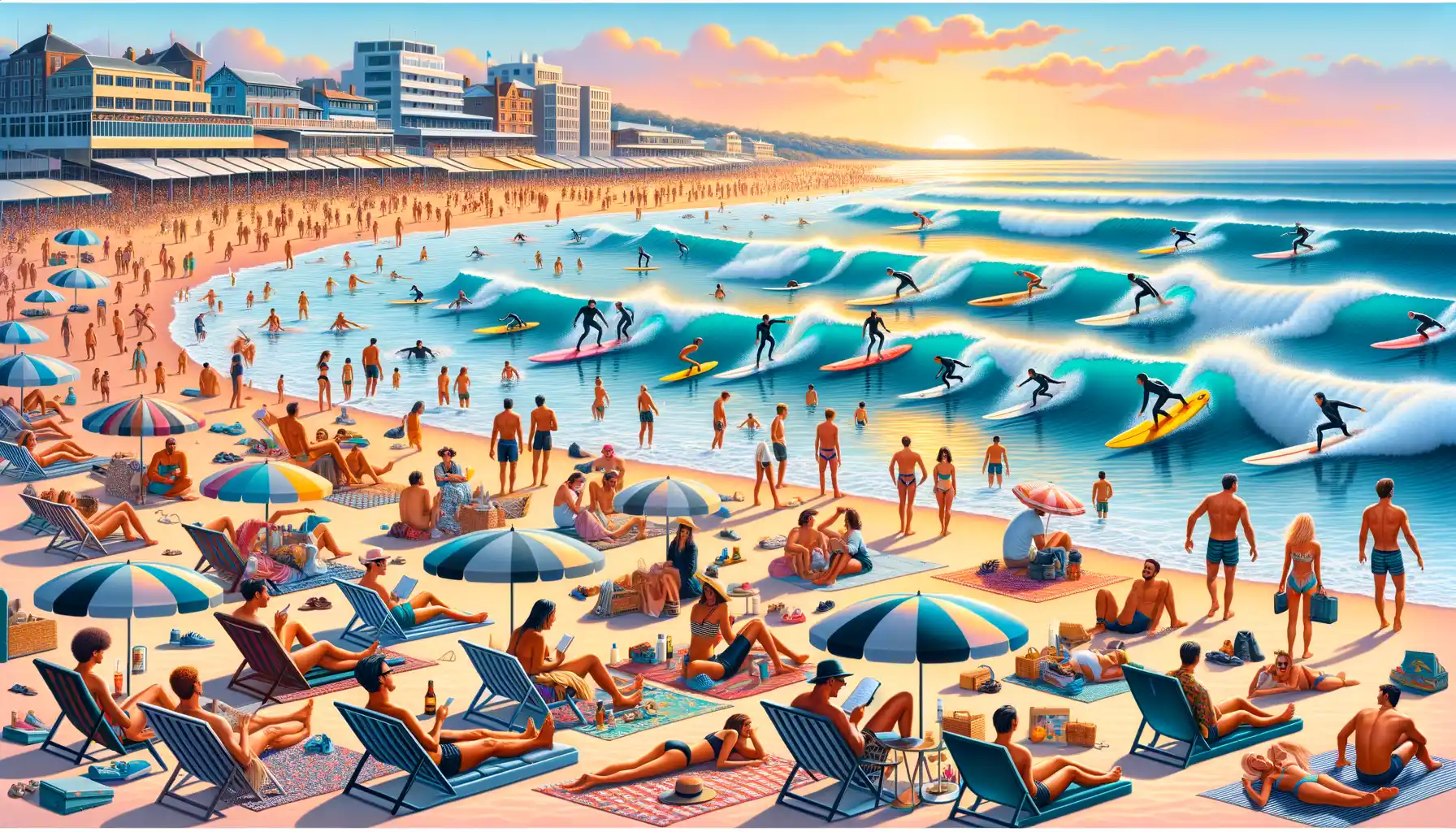
Where Sand Meets Style
Imagine the golden rays of the sun warming your skin, the salty breeze tousling your hair as laughter ripples through a beachside café. Welcome to modern Australian beach culture—a perfect blend of laid-back vibes and coastal sophistication. Today’s beaches aren’t just for swimming or catching waves; they’re vibrant hubs of activity where tradition meets trend.
From Bondi to Byron Bay, beaches now double as runways for eco-friendly fashion. You’ll see locals pairing bikinis with oversized linen shirts, straw hats tilted just so, and colorful sarongs tied effortlessly. And let’s not forget the barefoot surfers who stride across hot pavement, boards under arms, dripping with seawater and charisma. It’s a vibe that’s both timeless and cutting-edge.
- Beach yoga, anyone? Sunrise sessions on soft sand are as popular as surfing lessons.
- Pop-up food trucks serving everything from poke bowls to vegan gelato crowd the beachfronts.
- Even dog-friendly zones have become social scenes for furry friends and their humans!
The Social Scene by the Shore
There’s an unmistakable vitality to Aussie beaches now—a sense that life is happening here and now. Music festivals transform sandy stretches into pulsating stages, like the famous Falls Festival featuring both local and international artists. Meanwhile, weekend markets brim with handmade jewelry, organic skincare, and artisanal treats made by coastal creatives.
And let’s talk about cafes! Beachside hangouts serve up strong flat whites paired with avocado toast, the quintessential Australian breakfast. Locals sip coffee while gazing out at surfers carving up turquoise waves. It’s not rushed; it’s deliberate—an ode to the easy-going, salt-in-your-hair kind of living that defines modern beach culture in Australia.


